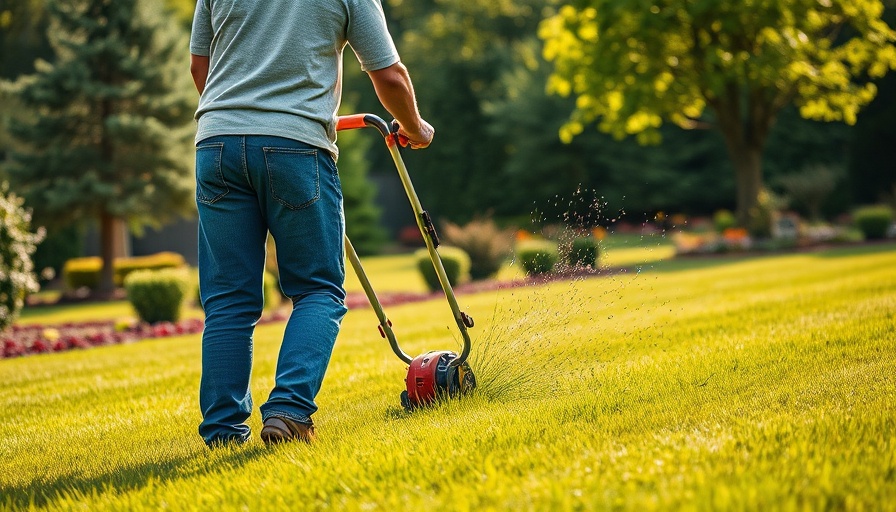
Discover the Art of Harvesting Rhubarb for a Bountiful Garden
Rhubarb, often hailed as a perennial wonder, is more than just a garden plant; it’s a lifestyle enhancer. This fibrous vegetable, with its vibrant stalks and lush green leaves, not only beautifies your garden but gives back generously for years. Once established, a rhubarb plant can thrive for over a decade, offering its tart deliciousness in various dishes like pies, jams, and sauces. If you're new to gardening or have inherited a mature rhubarb plant, it's crucial to understand the intricate process of harvesting effectively. Today, we delve into the expert advice on how to harvest rhubarb while preserving the health of this remarkable plant.
Why Timing Matters in Rhubarb Harvesting
Patience is essential when harvesting rhubarb. As Laura Irish-Hanson from the University of Minnesota Extension emphasizes, novice gardeners should refrain from picking any stalks in the plant’s first two years. This wait allows the rhubarb to develop a strong root system, particularly important in its third year when it's mature enough for a full harvest. The window for harvesting typically spans April to May, coinciding with the full expansion of leaves to a width of 18 to 24 inches. However, do not be deceived by color and length; firmness is the true indicator of readiness.
Best Practices for Harvesting Rhubarb
Grabbing stalks with your hands is the recommended method for harvesting rhubarb. Rather than cutting with pruners, this technique minimizes harm, preserving the plant's natural integrity. Grasp the petiole (the stalk of the leaf) at the base and twist gently to detach it cleanly from the crown without leaving an open wound. This simple act reduces the risk of disease and keeps the plant robust for future harvests. Once harvested, immediately remove and safely dispose of or compost the leaves, as they are toxic and should never be consumed.
Implementing Proper Care for Continuous Growth
To ensure a healthy yield, limit your harvest to a third or half of the plant each season. This crucial practice allows the rhubarb to maintain its energy reserves and promotes new growth for the next year. Consider giving your rhubarb a little extra love by fertilizing regularly; as a heavy feeder, it benefits greatly from nutrient-rich soil. Additionally, once summer arrives, stop harvesting altogether, allowing the plant to recover and grow stronger.
Maintaining a Healthy Rhubarb Plant: Common Misconceptions
Many believe that all varieties of rhubarb can be harvested and enjoyed regardless of condition or season. This notion often leads gardeners to prematurely pick stalks, overlooking the plant's health. It's imperative to understand that continuous harvesting can deplete a plant's vitality. Recognizing the importance of seasonal limits helps gardeners maintain a sustainable balance, ensuring long-term enjoyment.
Rhubarb as a Valuable Addition to Your Garden
The allure of rhubarb extends beyond its culinary uses. Its unique seasonal growth patterns and visual appeal can enhance any garden's aesthetics. By following the expert tips outlined above, gardeners not only reap delicious rewards but contribute positively to their local ecosystem. The cultivation of rhubarb can also foster a sense of community as gardeners share their bounty and experiences.
Final Thoughts: Rhubarb for the Future
With the right care and knowledge, you can ensure your rhubarb stands the test of time in your garden. Embrace these insights on harvesting and nurturing rhubarb to maximize your gardening success. This vibrant plant not only sustains itself year after year but also enriches your culinary ventures and enhances garden beauty. So gear up, get hands-on, and enjoy the numerous benefits that come with mastering rhubarb harvesting!
 Add Row
Add Row  Add
Add 



 Add Row
Add Row  Add
Add 


Write A Comment